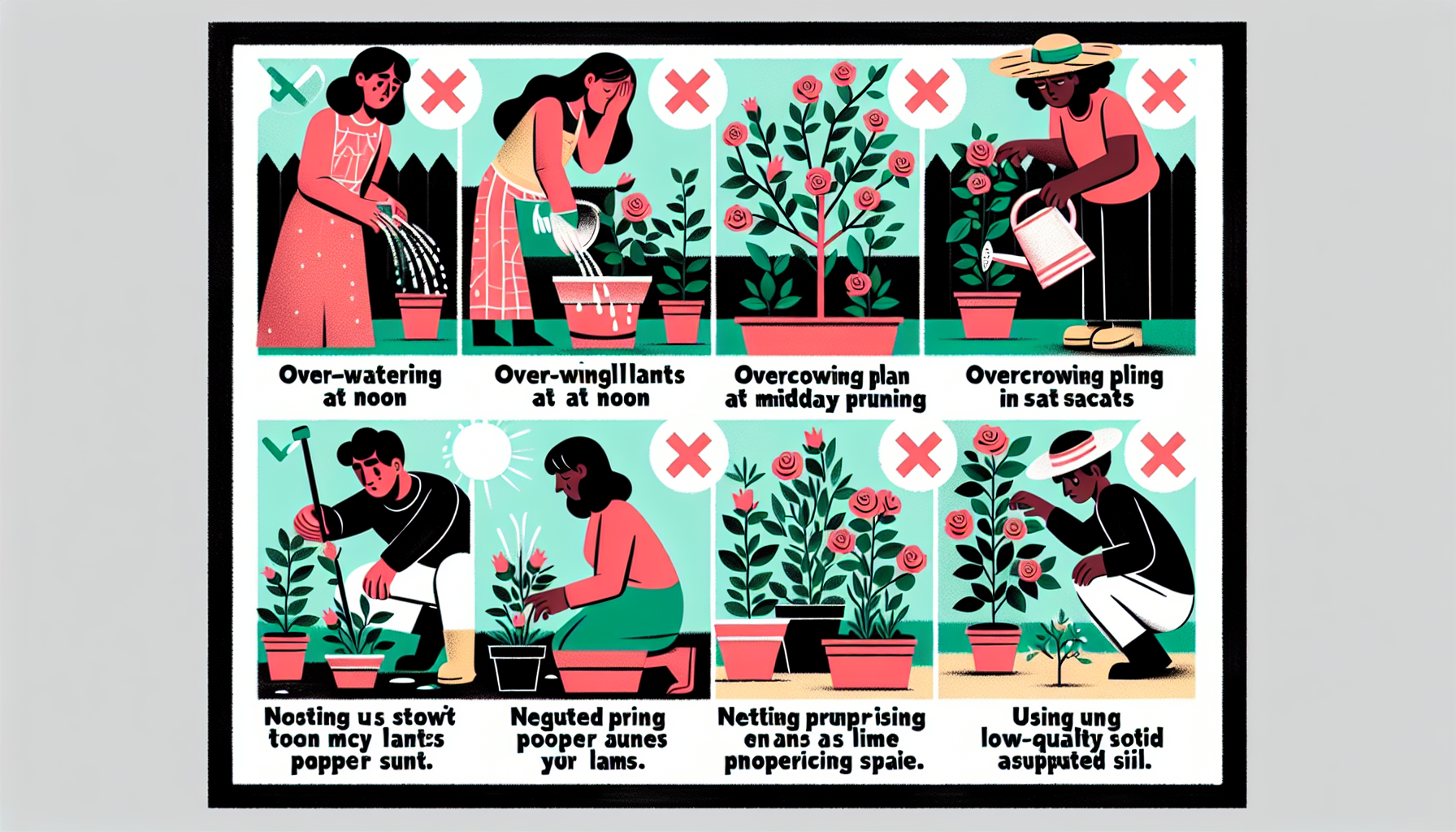
Poor Soil Preparation
One often overlooked aspect that leads to gardening mistakes is neglecting proper soil preparation. Jumping into planting without assessing your soil’s health can stunt growth and reduce yields. Start by testing the soil’s pH and nutrient levels to understand what your plants truly need. Incorporating organic matter like compost or well-rotted manure not only enriches the soil but also improves its structure, promoting better drainage and root penetration. Avoid compacted earth by loosening the soil and ensuring adequate aeration, especially in heavy clay or sandy soils. Tailoring your soil to fit the specific requirements of your plants can make a significant difference, turning beginner errors into successful garden tips that pave the way for a thriving garden.
Ignoring Pest Control
Letting pests run rampant can undo all your hard work in the garden. Small invaders like aphids or spider mites might seem harmless at first, but unchecked, they can devastate entire plant communities. Regularly inspecting your plants helps catch these issues early. For example, ladybugs are natural predators of many common pests and can be a great, eco-friendly solution. Additionally, introducing companion plants such as marigolds can deter unwanted insects. Implementing these strategies not only addresses problems promptly but also minimizes reliance on chemical treatments. By staying vigilant and proactive, you can effectively manage pest populations and maintain a healthy, thriving garden.

